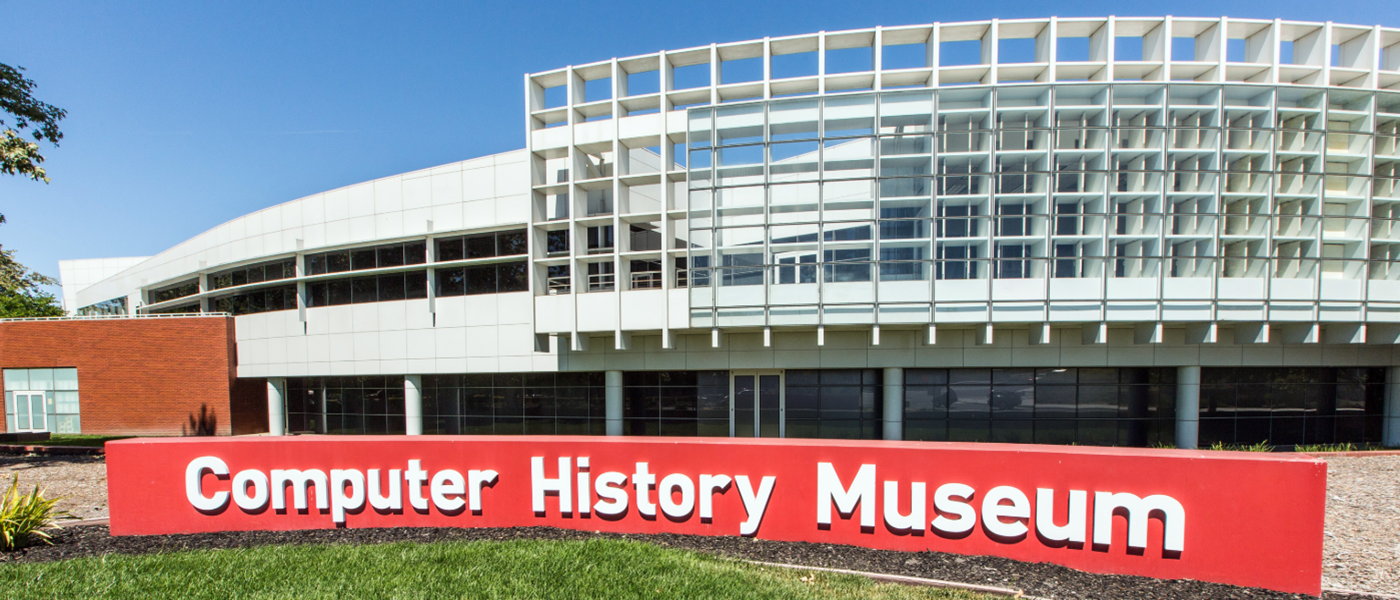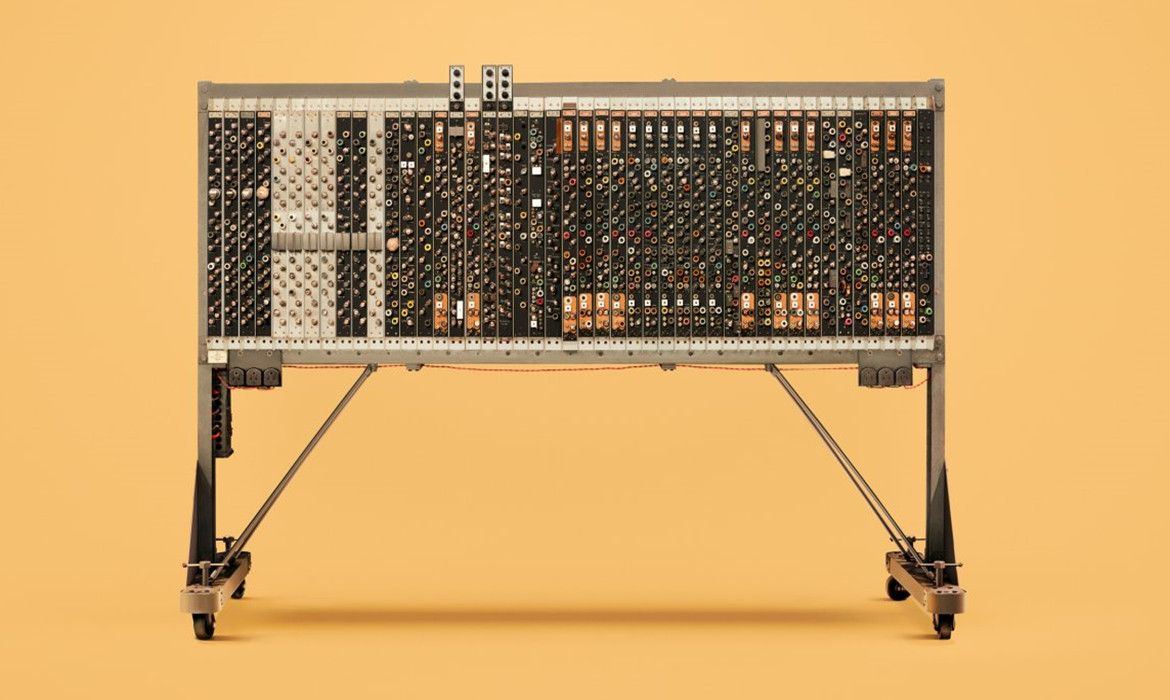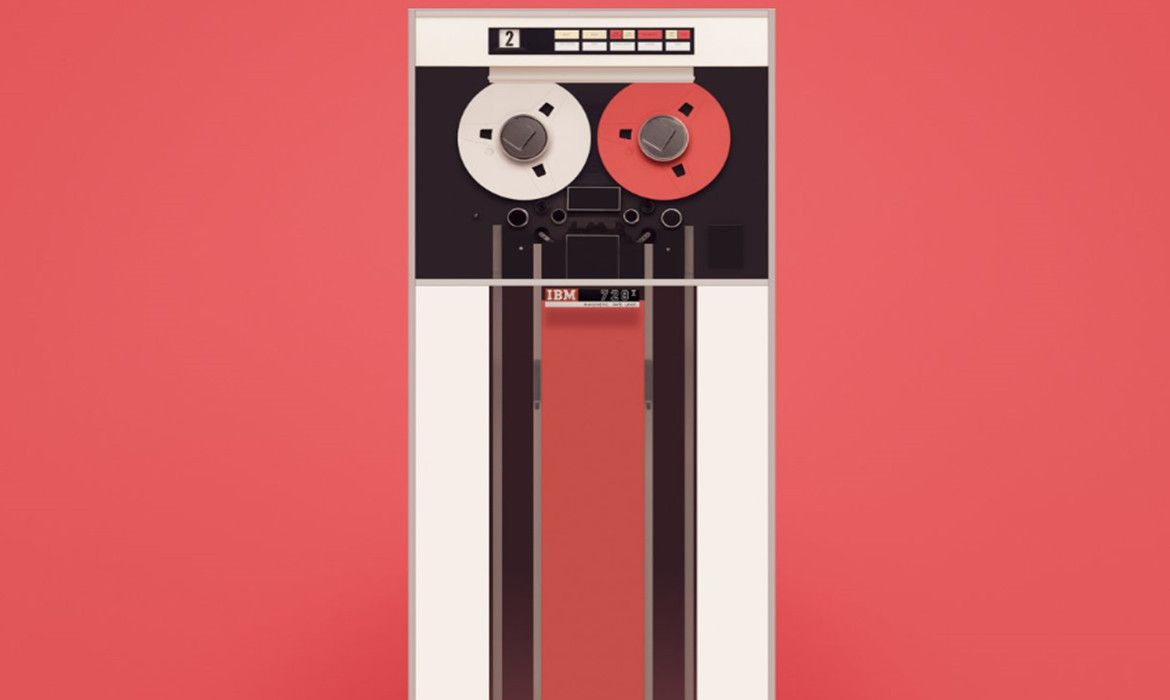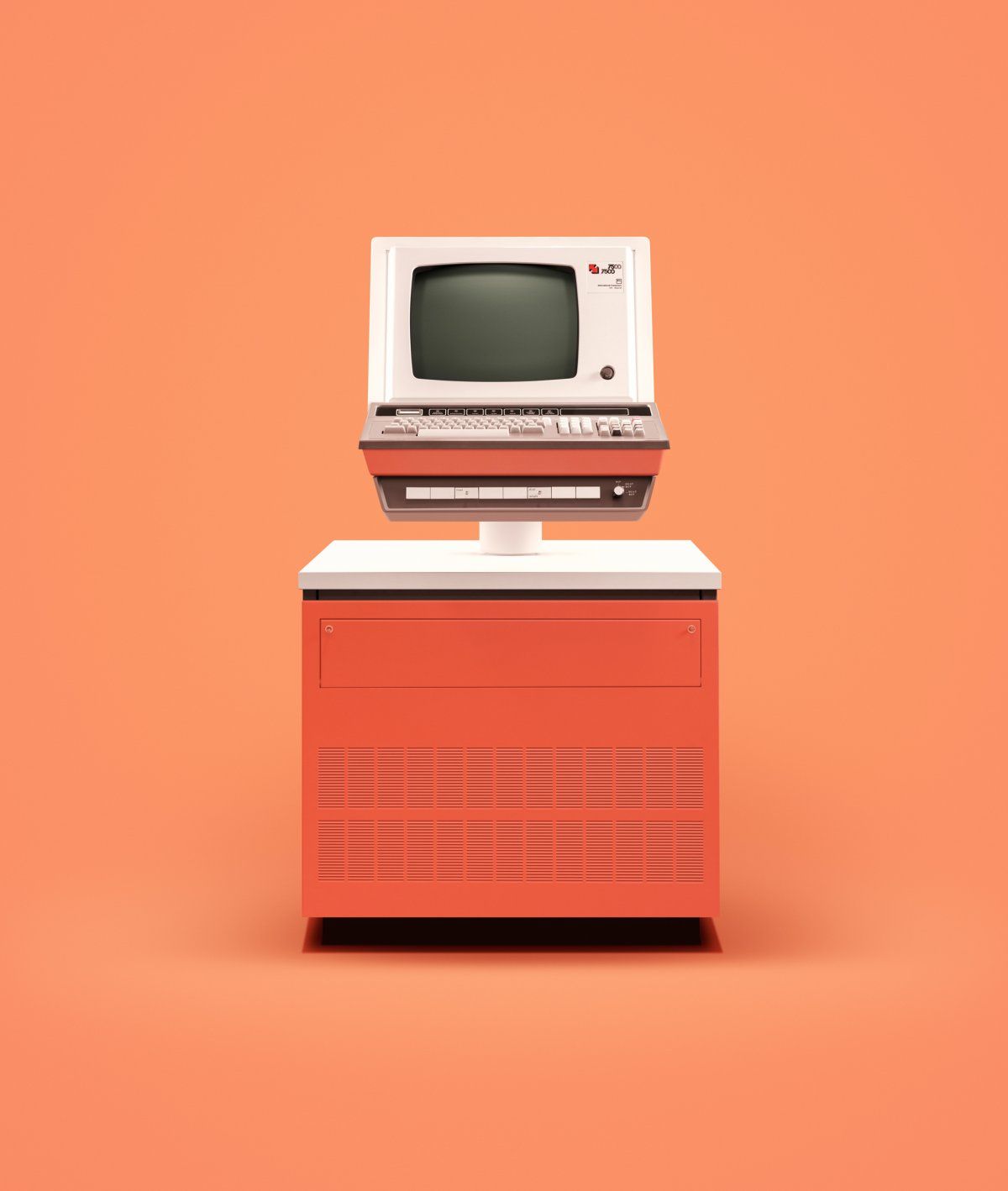10 classic computers that predicted the arrival of the IBM PC
- September 20, 2023
- 0
The IBM PC was a pivotal machine in the history of modern computing because it brought personal computing to the masses like no other. Although the term “personal
The IBM PC was a pivotal machine in the history of modern computing because it brought personal computing to the masses like no other. Although the term “personal

The IBM PC was a pivotal machine in the history of modern computing because it brought personal computing to the masses like no other. Although the term “personal computer” had been used since 1972 at the legendary Xerox PARC, the huge success of the IBM personal computer made it the standard and He was the one who started the current era of personal computers.
However, its arrival may not have been without earlier developments, such as the classic computers to which we pay tribute in this article. While the introduction of the personal computer is relatively recent, the history of computers goes back much further, until 2,700 BC when the Sumerian and Chinese civilizations used an abacus to perform addition and subtraction.
Centuries must have passed before the invention of an algorithm, a numerical calculation, a logarithmic ruler, a calculating machine, a punch card, or the first automatic calculator that was produced and used on an industrial scale. In 1936, the revolution came when the mathematician Alan Turing – rightly considered the “father of computer science” – formalized the concepts of the algorithm and the Turing machine, introduced the concept of Hypercomputing, the first theoretical advances in artificial intelligence. and the design of the first digital programmable electronic computer.
In addition to helping the world end the Nazis with the Enigma deciphering machines and the FISH teletype encoders, Turing’s contributions were key to the development of modern computers and the subsequent advent of the IBM PC. But other, more obscure machines were also present to varying degrees, such as those assembled in the images by photographer James Ball in Docubyte. We leave them up to you:

It was created in 1950 and was one of the first British computers. It was based solely on Turing’s proposal (Automatic calculation engine). It had 800 thermionic valves, used mercury delay lines for its main memory, and had an operating frequency of 1 megahertz. A prototype that had a commercial version called the DEUCE, built and sold by the English company Electric. The ACE pilot is at the Science Museum in London.

A British relay computer created in 1951 for engineering, education and, like many others, to speed up nuclear weapons testing. It weighs more than 2.7 tons and is on display at the National Computing Museum. The Guinness Book of World Records recognized it as the oldest digital computer in operation.

The first computer in the successful 1400 series was released in 1951. A variable-word-length decimal computer often used as an off-line peripheral controller in large scientific and business computing facilities. It could be used as a stand-alone system in conjunction with IBM punch card equipment, or as auxiliary equipment for IBM 700 or 7000 series systems. A restoration program is underway at the Mountain View Computer History Museum.

The magnetic tape drive that became the icon of mass storage systems in the 1950s and 1960s. It uses magnetic tape up to 731 meters long on 26cm reels. To allow rapid tape acceleration, vacuum columns were placed between the tape and the read/write head rollers. The California Computer History Museum maintains one of these machines attached to an IBM 1401 system.

A “desktop computer” made in the early 1960s It weighed 145 kilograms and measured 1.2 meters wide, 60 cm deep and 60 cm high. It was the most complete analog “desktop” computer of its time and was used in NASA’s Apollo lunar program.

It has the honor of being the first supercomputer in history. One of the first transistor-based machines, it was designed in 1965 by Seymour Cray and manufactured by Control Data Corporation. Its launch prompted a memo to employees from IBM CEO Thomas J. Watson asking for an explanation as to how a company with 34 employees (including a janitor) could be ahead of them in building the best supercomputer on the market. The key was in the design of a legendary engineer like Cray. It was used primarily for nuclear energy physics research at CERN and until 1969 was the fastest supercomputer on the planet.

Tube analog computer developed and manufactured in the former German Democratic Republic. Around 20 machines were produced and only one of them survives in the computer museum in Dresden.

It was one of the last hybrid analog devices. It was built in the former Czechoslovakia in the 1970s and was widely used in many countries behind the Iron Curtain.

Another small hybrid analog computer that was developed at the Technical University of Dresden during the days of the former German Democratic Republic. It is installed in the city’s High Performance Center.

Terminals and workstations made by the defunct British ICL. They were like PC towers but mounted horizontally. They were intended for operation in an office environment, with wooden veneered steel cases for the processor and peripheral units.
Source: Muy Computer
Donald Salinas is an experienced automobile journalist and writer for Div Bracket. He brings his readers the latest news and developments from the world of automobiles, offering a unique and knowledgeable perspective on the latest trends and innovations in the automotive industry.